Kingdom Animalia Order Caudata Scientific name Plethodontidae Higher classification Salamander | Phylum Chordata Suborder Salamandroidea Rank Family | |
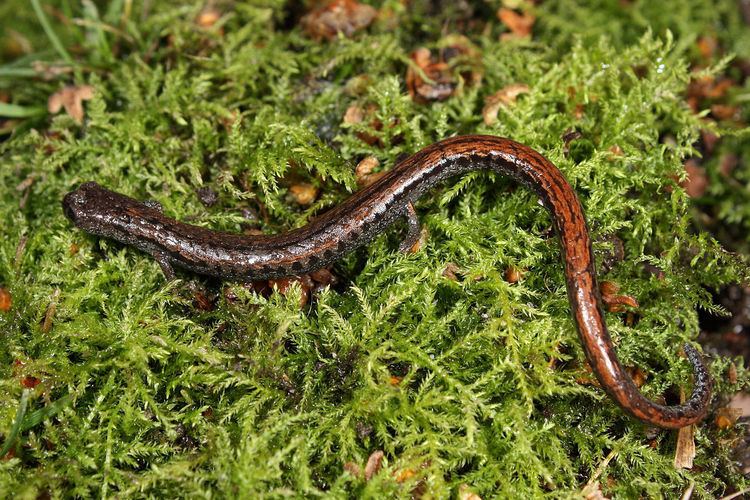 | ||
Lower classifications Woodland salamander, Brook salamander, Bolitoglossa, Red‑backed salamander, Desmognathus fuscus | ||
Lungless salamander
The Plethodontidae, or lungless salamanders, are a family of salamanders. Most species are native to the Western Hemisphere, from British Columbia to Brazil, although a few species are found in Sardinia, Europe south of the Alps, and South Korea. In terms of number of species, they are by far the largest group of salamanders.
Contents
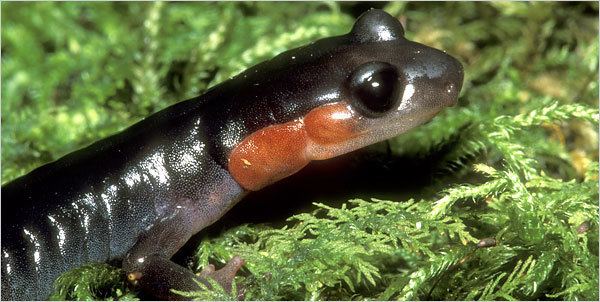
Science saturdays hairy frogs and lungless salamanders
Biology
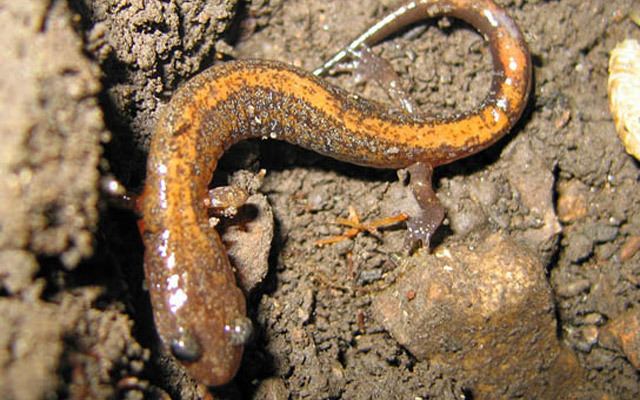
A number of features distinguish the plethodontids from other salamanders. Most significantly, they lack lungs, conducting respiration through their skin, and the tissues lining their mouths. Another distinctive feature is the presence of a vertical slit between the nostril and upper lip, known as the "nasolabial groove". The groove is lined with glands, and enhances the salamander's chemoreception.

Adult lungless salamanders have four limbs, with four toes on the fore limbs, and usually with five on the hind limbs. Many species lack an aquatic larval stage. In many species, eggs are laid on land, and the young hatch already possessing an adult body form. Many species have a projectile tongue and hyoid apparatus, which they can fire almost a body length at high speed to capture prey.
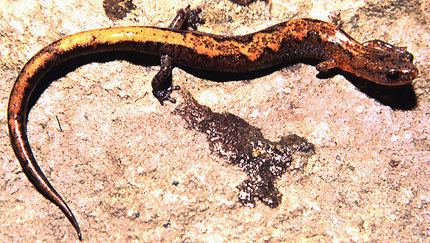
Measured in individual numbers, they are very successful animals where they occur. In some places, they make up the dominant biomass of vertebrates. An estimated 1.88 billion individuals of the southern redback salamander inhabit just one district of Mark Twain National Forest alone, about 1,400 tons of biomass. Due to their modest size and low metabolism, they are able to feed on prey such as springtails, which are usually too small for other terrestrial vertebrates. This gives them access to a whole ecological niche with minimal competition from other groups.
Taxonomy
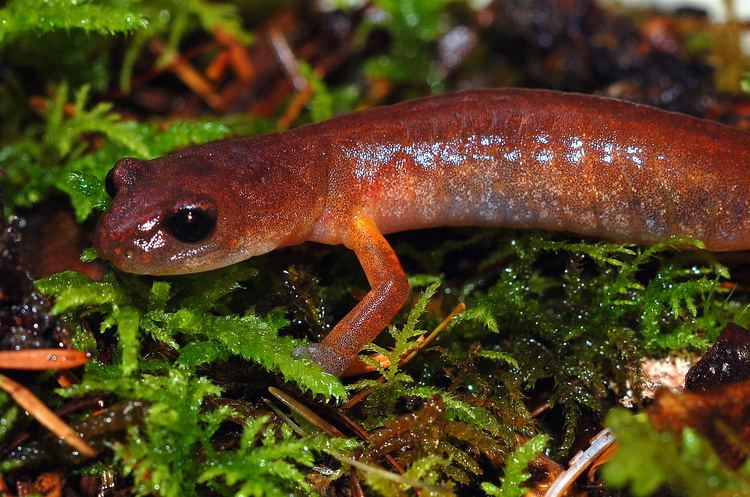
The family Plethodontidae consists of four subfamilies and about 380 species divided among these genera, making up the majority of known salamander species:

Following a major revision in 2006, the genus Haideotriton was found to be a synonym of Eurycea, while the genera Ixalotriton and Lineatriton were made synonyms of Pseudoeurycea.
